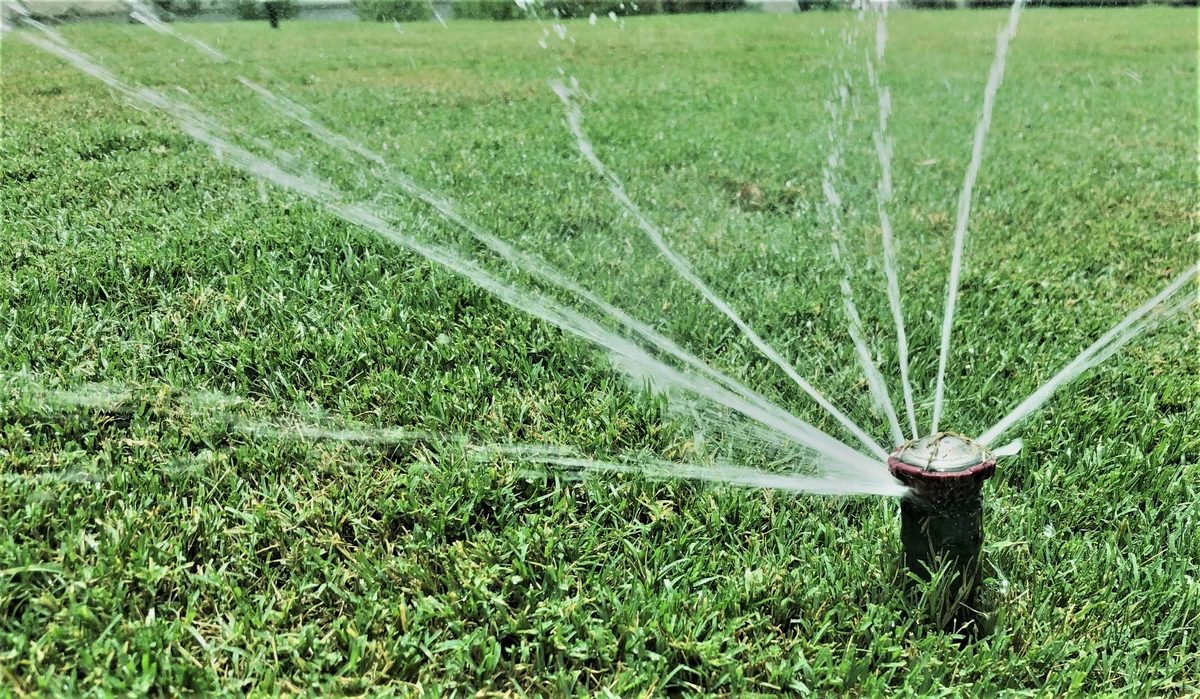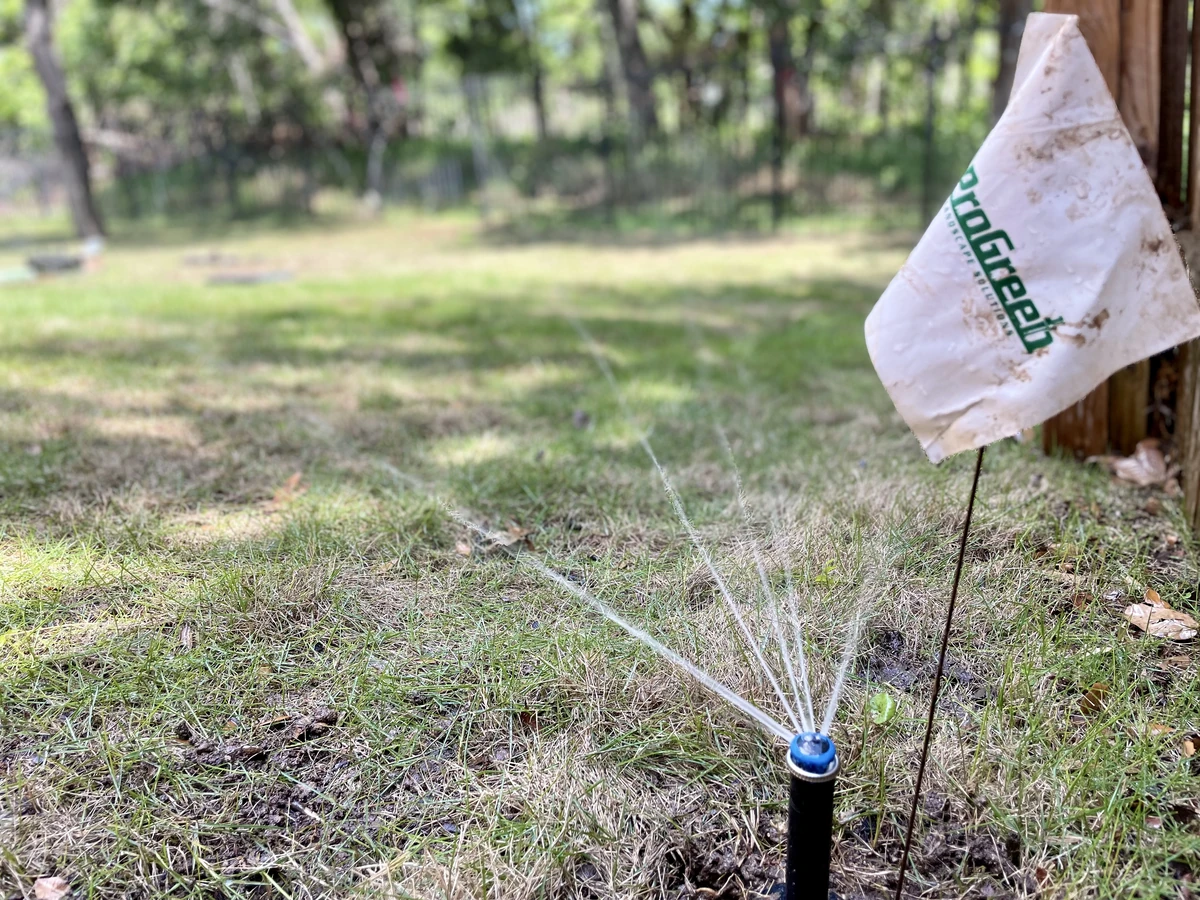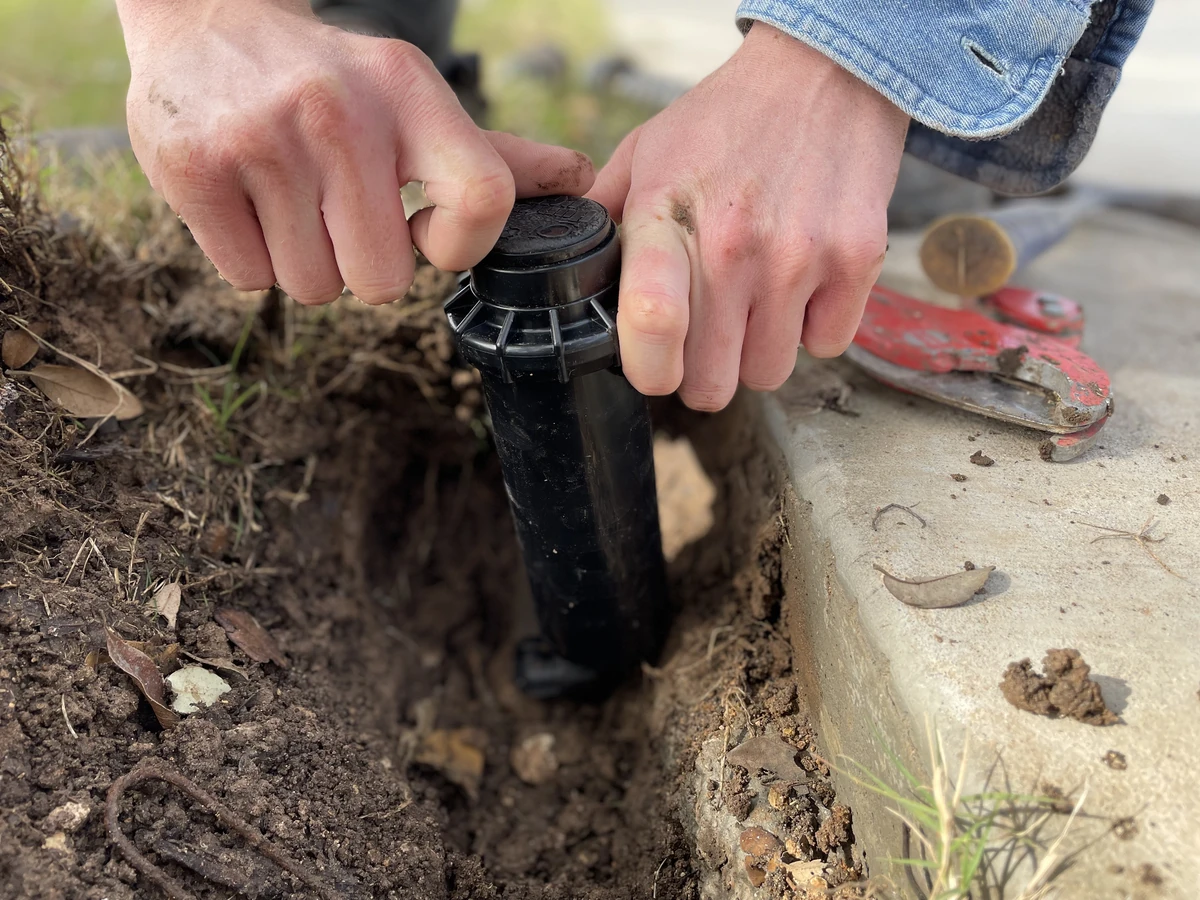A Guide on What You Should Do About a Missing Sprinkler Valve
Introduction: A missing sprinkler valve can throw your whole watering schedule off and leave parts of the yard thirsty. It is frustrating, especially when everything used to work and now a zone will not respond, or you cannot find the valve box anywhere. Here is a calm, step-by-step way to understand why a valve goes missing, how to track it down, and what to do next so your irrigation keeps running without drama.
Missing Sprinkler Valve Basics And First Steps
How A Missing Sprinkler Valve Happens
Sometimes the valve is not truly missing; it is just buried. Fresh sod, a thick, round mulch, or a new layer of gravel can swallow a shallow box and hide it from view. Renovations create their own surprises. A patio extension, a new walkway, or a reworked bed line can cover the old location, especially when no one mapped the valves before the project started. Over time, lids crack, sink, or get hauled off during cleanup, leaving the next season with a mystery.
There are technical reasons too. On older systems, a manifold might have been relocated after an irrigation repair, and one zone might not have moved. In two-wire systems with decoders, a buried splice can fail, making it feel as if the valve does not exist. DIY reroutes sometimes skip a proper box to save time, leaving a valve somewhere under the lawn with no access. The result looks the same from the surface. A zone will not run, you cannot find the hardware, and your landscaping pays the price.
What To Do The Moment You Notice A Missing Sprinkler Valve
Start with safety and information. Turn the irrigation controller off or to rain mode, then look for obvious symptoms like soggy patches, sunken turf, or unusually green stripes that hint at a slow leak near a hidden valve. Run one zone at a time from the controller and mark the heads that pop so you can outline the zone footprint. That rough boundary gives you clues about where the valve should be sitting, usually just upstream of the first head and often near a path, fence, or utility line where installers had easy access.
Avoid random digging. Shallow utilities and communication lines can sit close to sprinkler piping, and a few hurried shovel strikes can turn a simple find into a bigger problem. Use a probe rod to feel for plastic lids before you cut into the turf if you suspect a buried box and do not have the tools to trace wires. Pause and call a professional irrigation repair service in Dallas TX. A quick diagnostic visit is far cheaper and quicker than chasing guesses with a shovel.

Missing Sprinkler Valve Diagnostics And Irrigation Repair Options
Finding The Valve Without Guesswork
A reliable way to locate a hidden valve is to follow the path of water and wire. The main shutoff and backflow assembly feeds the manifolds, so walk the likely route from there toward the zone you marked. Look for small tells: a cooler patch of soil on a hot afternoon, a faint hollow sound when you tap the turf, or a sliver of plastic rim at grade. Techs often bring a valve locator or wire tracer with a tone generator, which sends a signal along the common wire to pinpoint the valve’s coil below the surface without cutting.
Probing helps once you are close. A slim soil probe can find the edge of a box or the gravel bed around it. Drip zones are slightly different, since their valves may sit nearer to raised beds or along the side yard, where installers have elbow room. On systems with a master valve, remember that the zone valve will be downstream and usually on the side of the yard it serves. If your system uses decoders, verifying the signal at the expected splice narrows the search so you spend less time circling the same patch of grass.
Repairing Or Replacing The Missing Sprinkler Valve
When the valve turns up damaged or inaccessible, replacement is straightforward with the right parts and care. The goal is to set a new valve at a serviceable depth, connect with clean solvent welds on schedule 40 PVC or appropriate poly fittings, and orient the flow arrow correctly. Unions make future service easier, and a small isolation ball valve upstream is a smart add when space allows. Waterproof wire connectors protect splices from corrosion, and a quick flush of the line before final assembly clears grit that might foul the new diaphragm.
Set the valve in a stable box with a gravel bed so water drains away after storms. Trim the box to finish grade, then backfill and compact so the lid stays visible after a season of settling. Once the hardware is in place, test the zone from the controller and at the solenoid to confirm both electrical and mechanical function. A final coverage check makes sure the fix did not shift spray patterns. If the valve was truly missing due to a past remodel, this is the moment to update the map so you don’t repeat the same search in a year.

Protect Your Yard From Another Missing Sprinkler Valve
Labeling, Mapping, And Simple Protection
A little organization prevents repeat headaches. Label valve boxes with durable tags, take a quick photo of each open box showing wire colors and zone numbers, and tape a printed map inside the controller cabinet. Save a copy on your phone so it is there when you need it. If a box sits low, install a riser so it meets grade, and swap cracked lids so they do not disappear into the turf. A thin layer of gravel inside the box helps with drainage and keeps mud from swallowing the base of the valve.
Visibility matters, especially after fresh mulch or topdressing. Keep the lid slightly proud of the surrounding grade so it does not vanish after a windy weekend. If a box lives in a bed, edge a clean ring so crews do not bury it while refreshing mulch. In Dallas TX, seasonal rain can move soil and silt into low spots, so check those boxes after big storms and pull debris before it sets up like concrete. Small habits like these make future service fast and painless.
Seasonal Checks And Landscaping Coordination
Plan a short seasonal check alongside other yard tasks. Open each accessible box, confirm the lid fits square, and look for moisture that hints at a slow seep around fittings. Cycle the zones on the controller while you watch the manifolds for vibration or tiny spurts that could indicate a hairline crack. If something feels off or a valve refuses to respond, line up irrigation repair sooner rather than later so the issue stays contained and your lawn does not play messenger with brown arcs.
Communication with landscapers helps more than people expect. Let crews know where boxes and shallow lines run before a bed redesign, a new path, or heavy edging. If you plan new hardscaping, leave access sleeves or setback gaps so valves and wiring remain reachable. A quick walk with your contractor at the start of a project reduces the chance that a box ends up under pavers or a poured border. It also saves you from the slow leaks and patchy coverage that often appear months after construction ends.

Conclusion
If a missing sprinkler valve is keeping a zone offline or driving you in circles, you are not stuck. With a calm search, the right tools, and a repair that sets the valve where you can reach it, your system goes back to easy mode. If you want a clear plan without the digging and second-guessing, Progreen Landscape Solutions can help. Reach out to schedule a targeted locate-and-repair, tighten coverage, and put simple prevention in place so the next service call is quick and predictable.

"*" indicates required fields

RACHEL, H

C.W.

GEORGE, T.

MARK, A.
SERVICE AREAS
Dallas
Fort Worth
Frisco
Irving
Arlington
Plano
Allen
University Park
Grand Prairie
Richardson
Preston Hollow
Highland Park
Lakewood
Farmers Branch
Balch Springs
Duncanville
Coppell
Grapevine
Vickery Meadow

